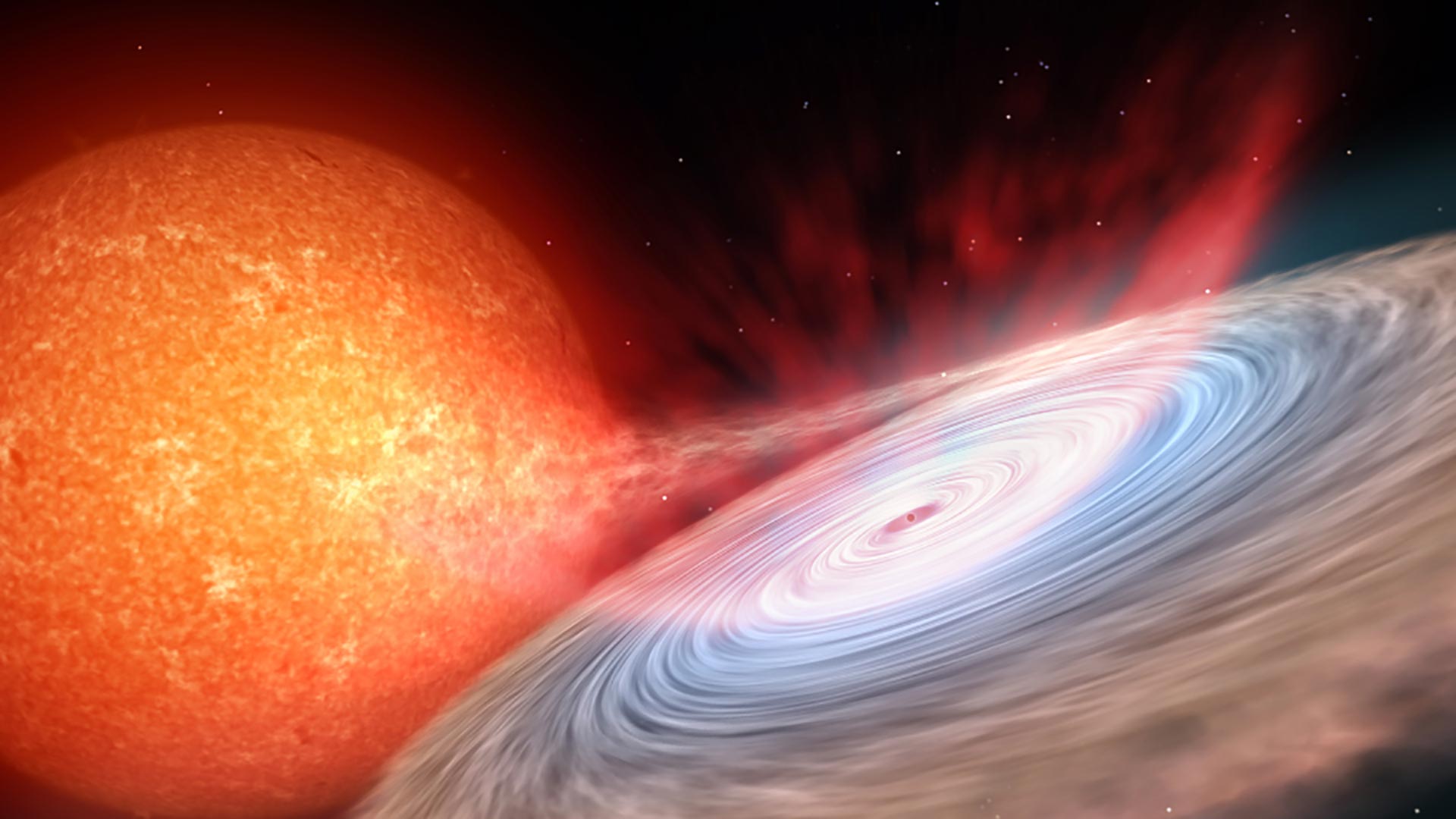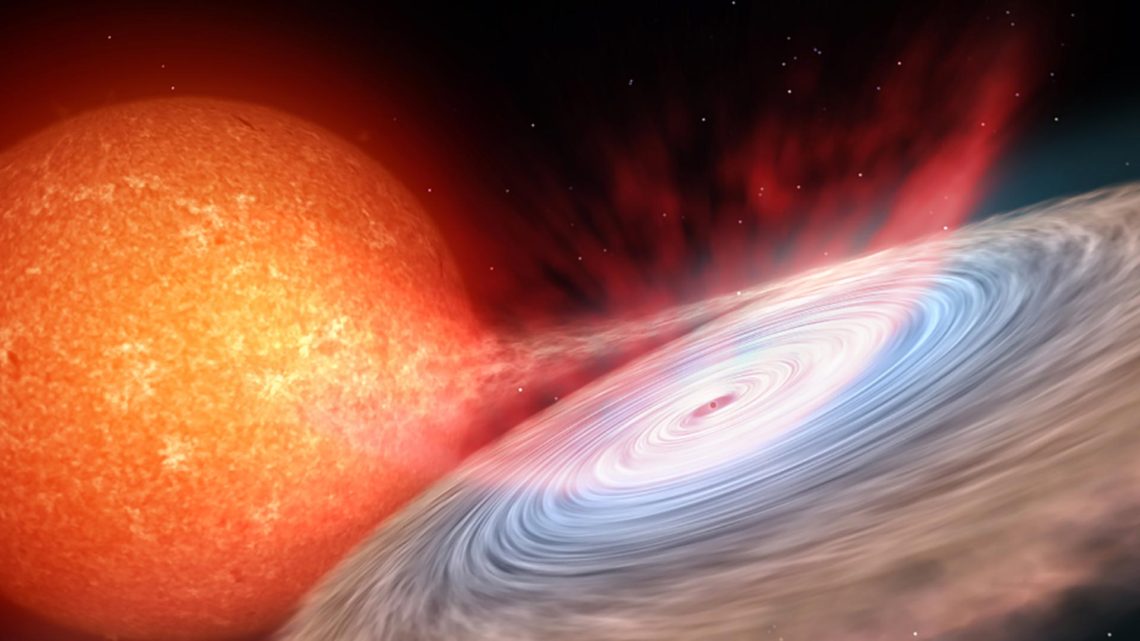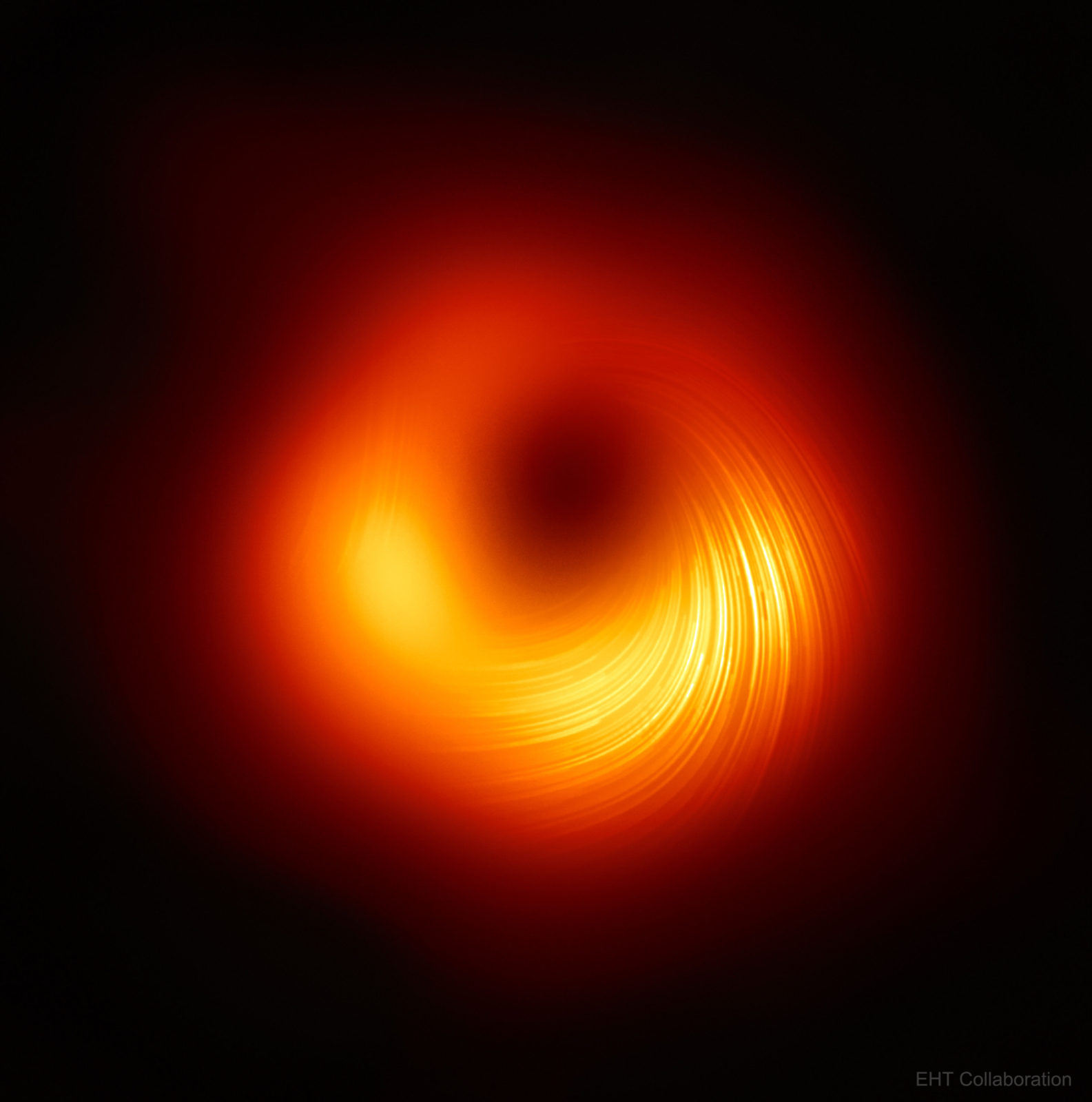Energy source is an eternal topic of human development, as any activity in nature requires a supply of energy. In ancient times, nearly all production work relied on human or animal power, resulting in very low productivity for thousands of years. The Industrial Revolution in the 18th century changed this situation completely, replacing human labour by machines powered by burning fuels.
Combustion of chemical fuels is the most widely adopted energy source in the current world, for both domestic and industrial purposes. In such a process, the chemical energy of the fuels are first transformed into thermal energy, which is then used to power various machines to do work. How much energy is extracted from combustion depends on the type of the fuel, represented by the parameter caloric value: the amount of heat produced by complete combustion of 1 kilogram of a certain fuel. The following table lists the caloric values of different kinds of fuels. Looking at the numbers, we could notice the trend that more efficient fuels are used for more advanced and demanding machines, from power stations (coal), vehicles and planes (diesel, petrol and kerosene), to rockets (hydrogen).
| Fuel | Caloric Value (106 J/kg) |
|---|---|
| Wood | 20 |
| Coal | 30 |
| Diesel | 45 |
| Petrol | 45 |
| Kerosene | 45 |
| Methane | 50 |
| CNG | 50 |
| LPG | 55 |
| Hydrogen | 150 |
The majority of the commonly used fuels (coal, petroleum and natural gas) are non-renewable fossil fuels, meaning there is a limited total amount of these resources. For the sake of sustainable development, nowadays there is an increasingly urgent need for alternative energy sources. Although several renewable energy sources have gained more and more usage, such as hydro power, wind power, geothermal energy and solar energy, they all subject to some limitations on geographical and climatic conditions. For instance, wind power is a major energy source in the Netherlands, but is not practical in dry areas like Africa.
The most promising new energy source that is stable and insensitive to geographical position is nuclear energy. In nuclear reactions, the binding energy of atomic nuclei is extracted and converted into thermal energy. There are two types of nuclear reaction: fission, in which a heavy nucleus is split into two or more lighter nuclei, and fusion, in which two light nuclei are combined to form a heavier nucleus. For comparison, 1 kg uranium fission can produce about 9 × 1013 J energy, while the energy yield of 1 kg hydrogen fusion is roughly 6 × 1014 J, millions of times more than the energy generated by chemical burning. From Einstein’s famous mass-energy equation E = mc2 we know that, 1 kg matter contains total rest energy of 9 × 1016 J. So even the most efficient nuclear fusion only exploits 0.7% of the available energy (0.1% for nuclear fission). Is it possible to extract more energy? Let’s look up a process in the universe, accretion of matter under gravitational attraction.

When an object of mass m falls towards a massive star of mass M from infinity and settles in a circular orbit near the stellar surface, gravitational potential energy is released. A half of the released energy is converted into the orbiting kinetic energy, while the other half is dissipated as radiation: Er = GMm / (2r), where G is the gravitational constant and r is the distance from the stellar centre. The efficiency of energy extraction can be defined as the ratio of the radiated energy to the accreted material’s rest energy: η = Er / (mc2) = GM / (2c2r). This efficiency is independent of the infalling object, but depends on the ratio of mass to radius of the gravitating star, a measurement of compactness. A main sequence star like the Sun gives an efficiency of 10-6, much lower than the efficiency of nuclear reactions. Back in the 19th century, gravitational energy was attempted to account for the solar power, but was found insufficient to supply the solar luminosity during its lifetime, due to this low efficiency.
Since the accretion efficiency depends on the central star’s compactness, what about accretion onto more compact stars with stronger gravitational fields? Taking the typical value of M ~ M☉ and r ~ 109 cm for a white dwarf, the accretion efficiency is about 0.007%, still far below that of nuclear fission. However, a neutron star of M ~ 2 M☉ and r ~ 10 km can create an efficiency around 15%, twenty times more efficient than nuclear fusion. For even more compact black holes which are characterised by the gravitational radius rg = GM / c2, the efficiency can reach an incredible level of 50%! This is a tremendous billion times the efficiency of petrol burning. Therefore, black holes are the most powerful engines, and can drive the most energetic processes in the universe, such as relativistic jets.




